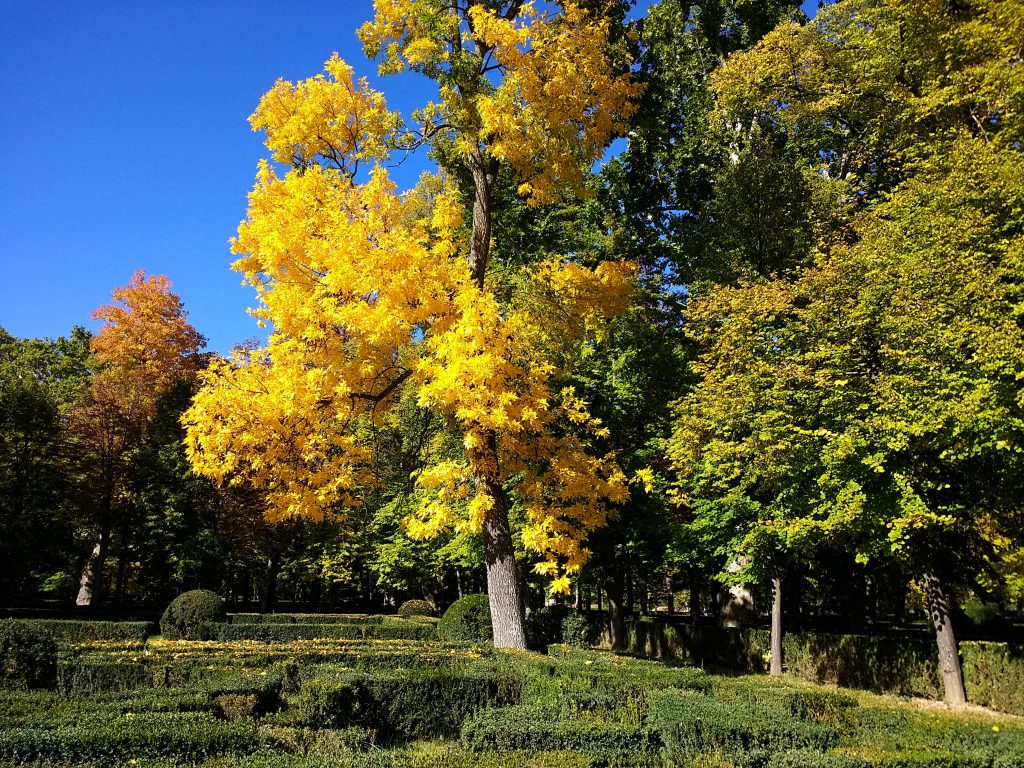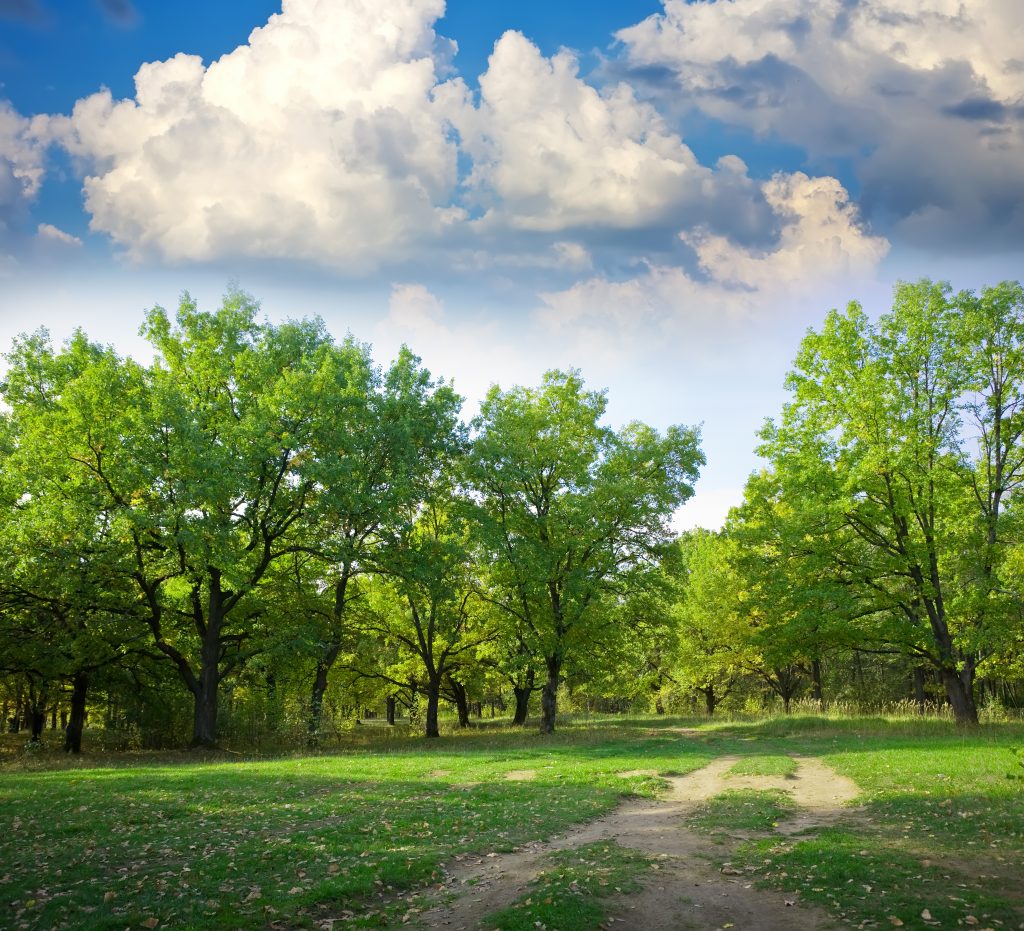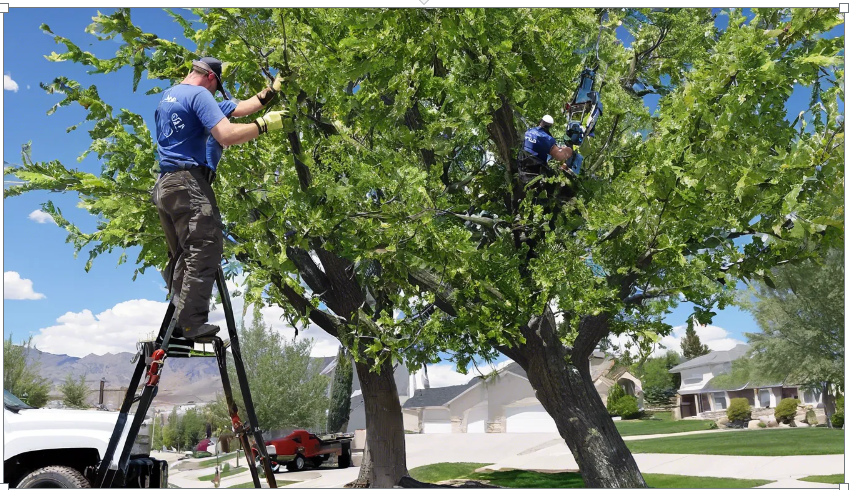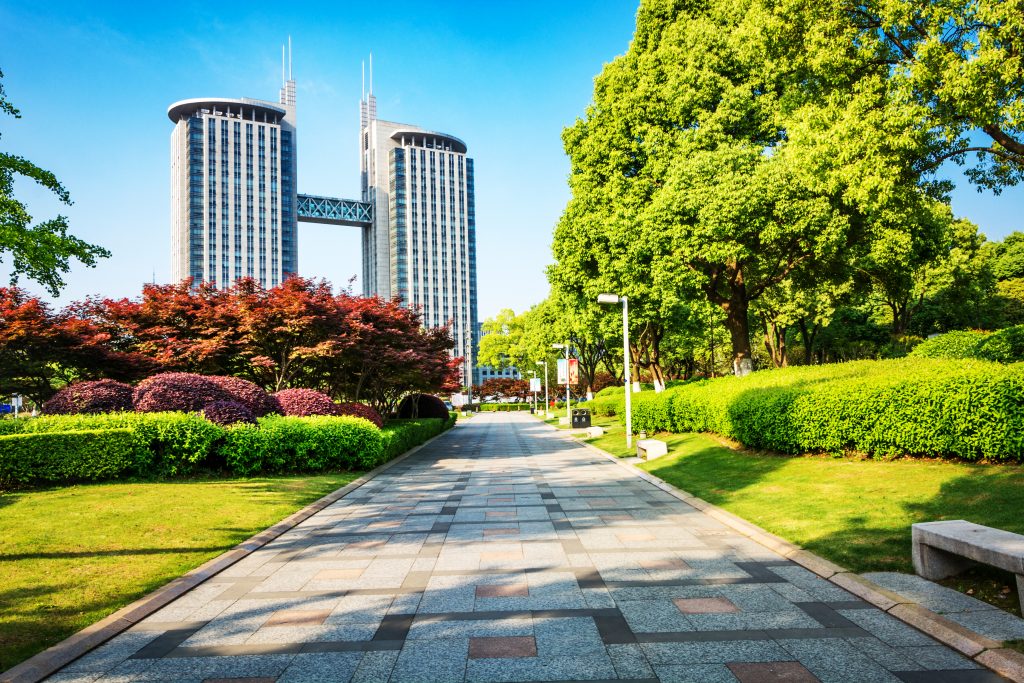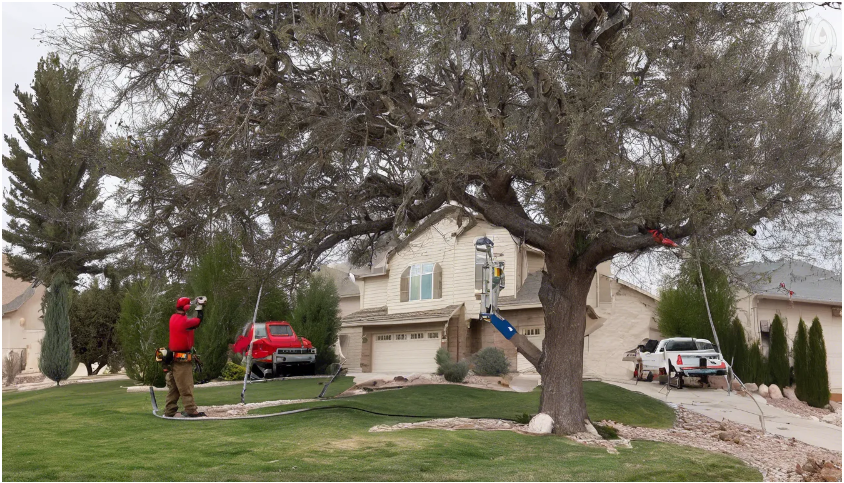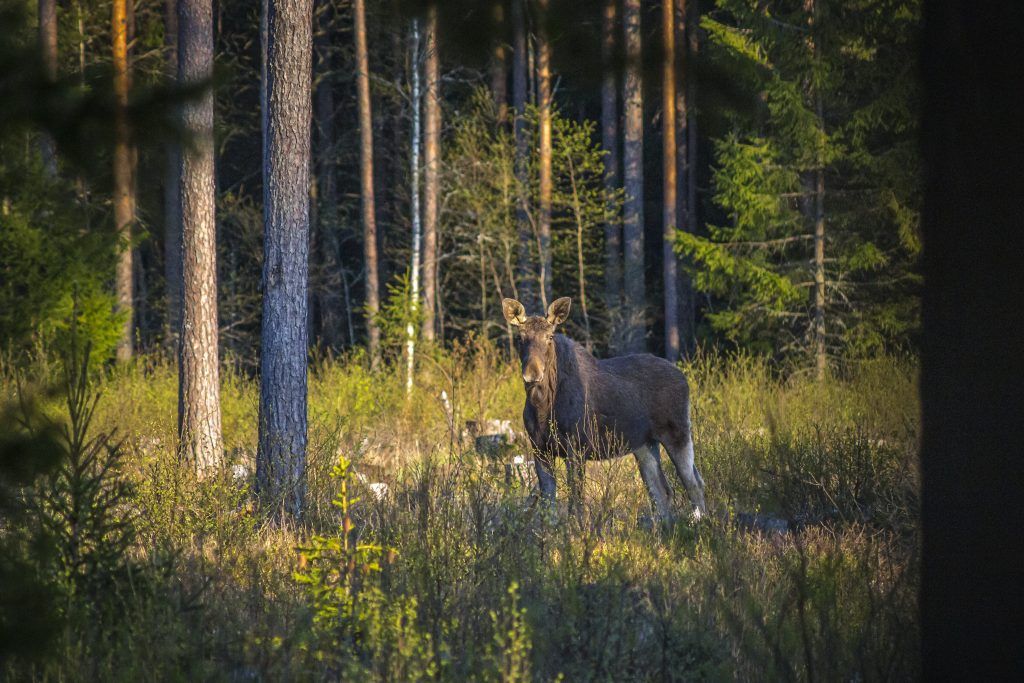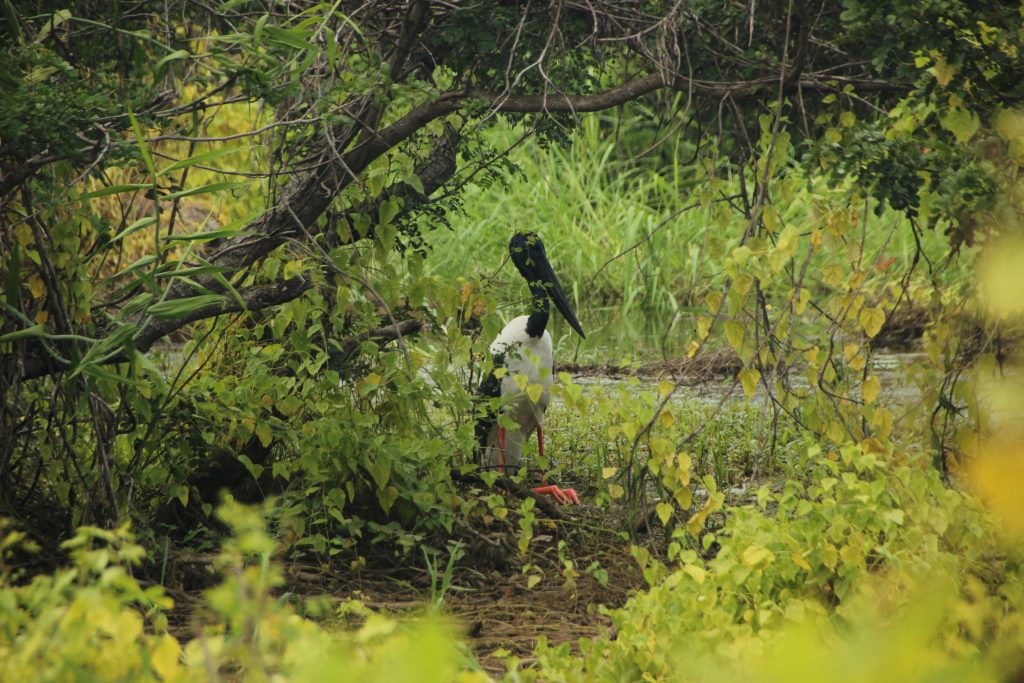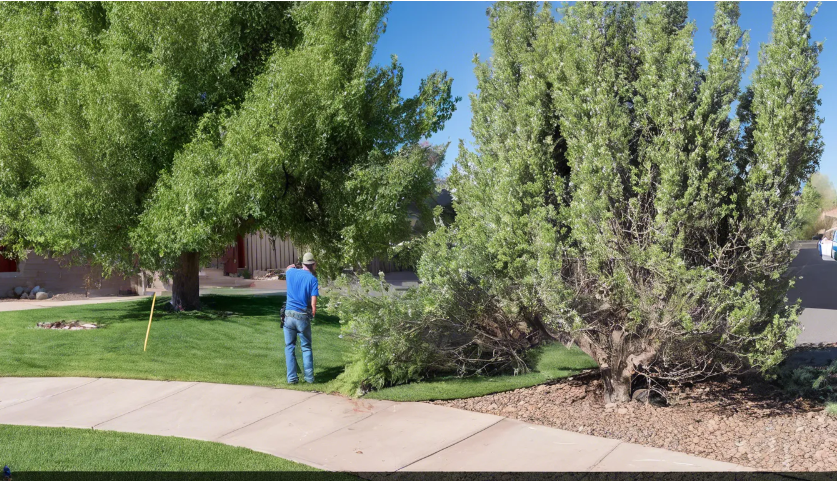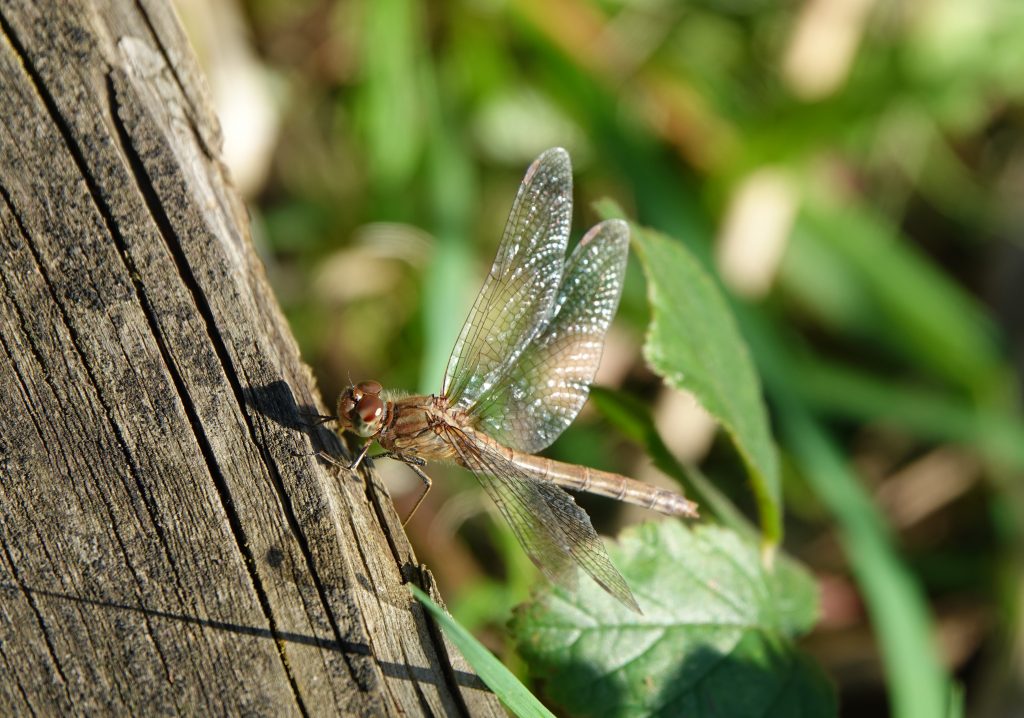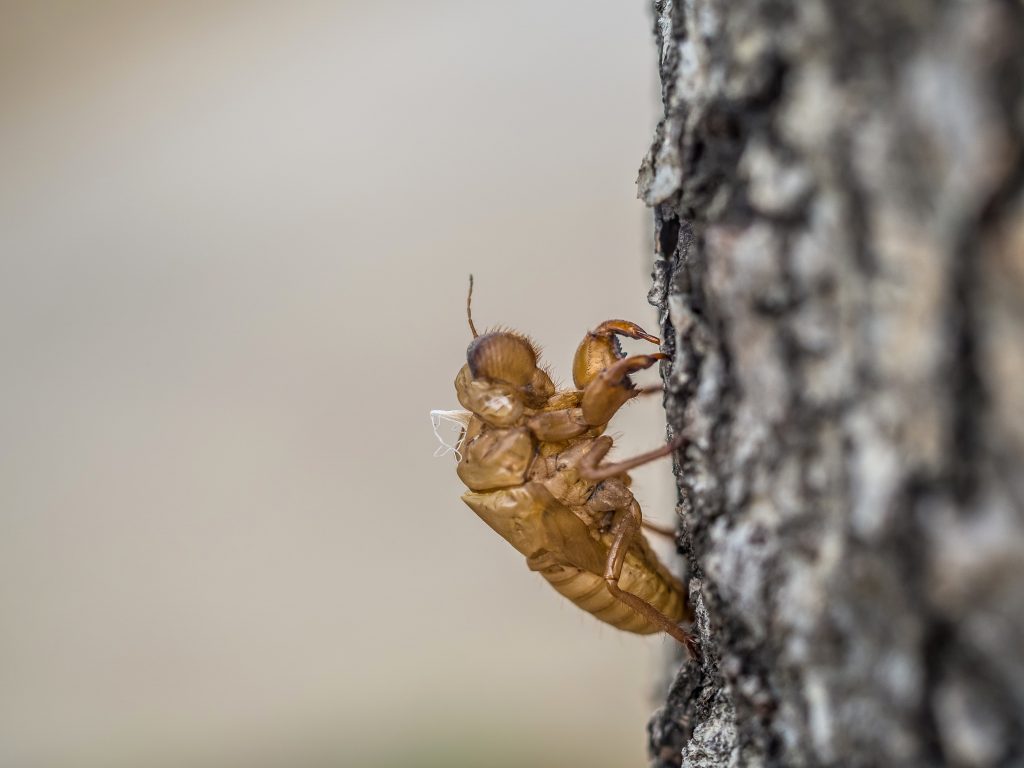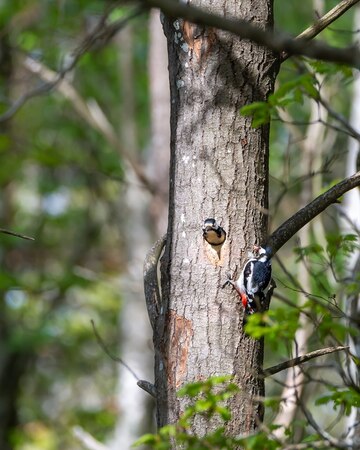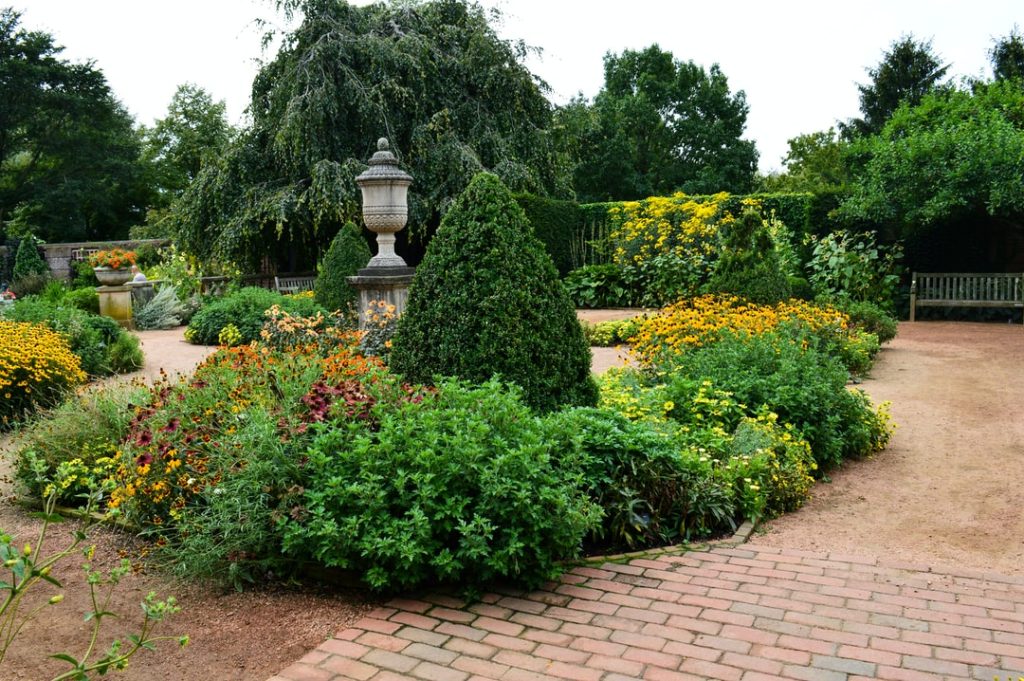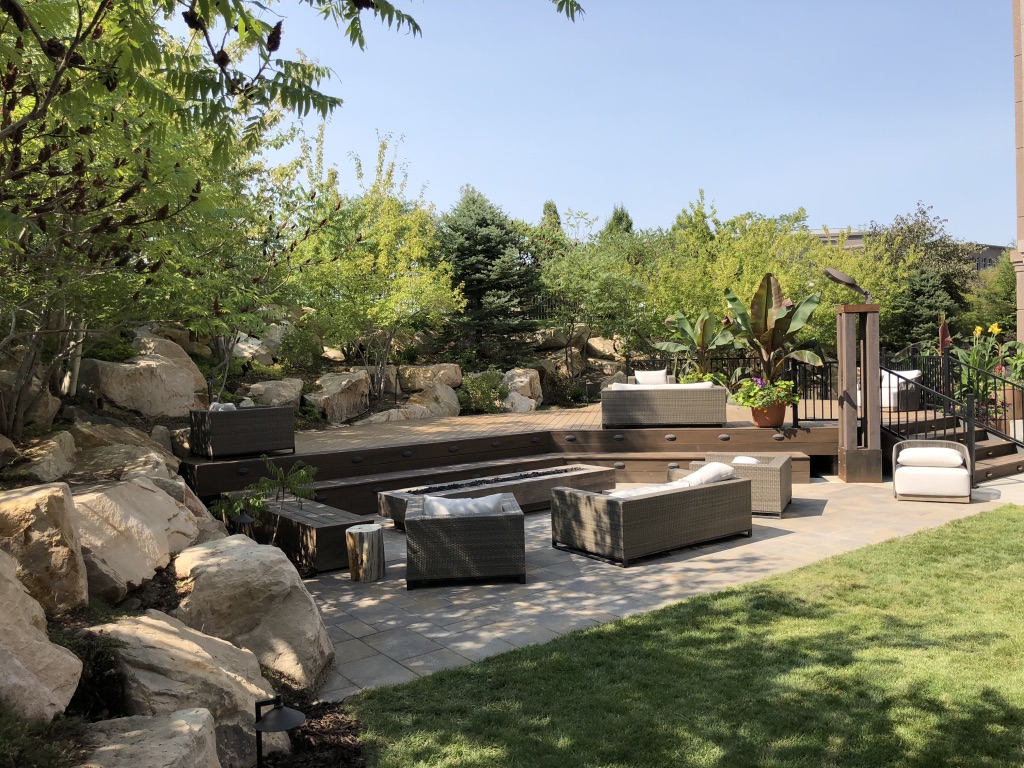Recycling Wood From Trees Provo UT
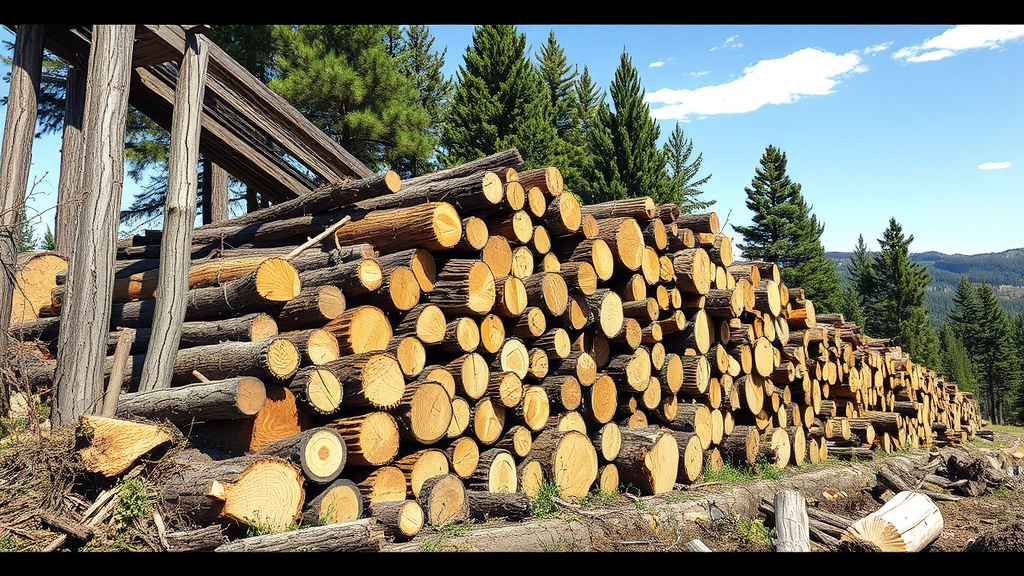
The Benefits of Recycling Wood from Trees in Provo, UT
Recycling wood from trees is an important practice that offers numerous benefits, especially in a community like Provo, UT. As a city surrounded by nature, residents have ample opportunity to engage in sustainable practices that can positively impact both the environment and the local economy. Understanding the advantages of recycling wood can encourage more people to participate in this sustainable initiative.
One of the most significant benefits of recycling wood is environmental conservation. Trees play a vital role in absorbing carbon dioxide, a major greenhouse gas. When you recycle wood instead of burning it or letting it decay, you are preventing an increase in greenhouse gases in the atmosphere. By processing recycled wood, you not only reduce the demand for new lumber, which in turn keeps more trees standing, but you also help maintain the ecological balance around Provo and its natural landscapes.
Additionally, recycling wood contributes to waste reduction. In many areas, wood waste makes up a substantial portion of landfill content. In Provo, responsible recycling can significantly cut down the amount of wood that ends up in the waste stream. Instead of wasting valuable resources, recycled wood can be transformed into reconstituted materials, such as particle board and mulch, which can be used in a variety of applications. This not only helps to save space in landfills but also emphasizes the importance of utilizing resources wisely.
Moreover, recycling wood has economic benefits for the local community. The process of collecting, processing, and reselling recycled wood creates job opportunities. Local businesses that specialize in recycling and repurposing wood products can thrive, leading to job creation in Provo. Furthermore, when residents choose to buy recycled wood products, they are supporting these local enterprises, which can enhance community sustainability and boost the local economy.
Another advantage of recycling wood is the conservation of energy. Producing new wood materials often requires a significant amount of energy, from harvesting trees to processing the raw lumber. By recycling, you greatly reduce the energy needed for manufacturing new products. Research indicates that recycling wood can save up to 50% of the energy used in conventional lumber production. This not only conserves energy resources but also contributes to lower greenhouse gas emissions.
Community involvement in wood recycling also fosters awareness and education. In Provo, initiatives aimed at promoting recycling practices can encourage residents to learn more about sustainability. Educational workshops and community events can inspire people to take action, understanding that individual efforts can lead to collective change. When more homeowners and businesses participate in recycling wood, they help create a culture of eco-consciousness in the region.
Furthermore, recycling wood provides versatile options for its use. Reclaimed wood can be repurposed into beautiful furniture, décor, or construction materials. Homeowners in Provo can take pride in using recycled wood products, which often offer unique character and charm compared to conventional materials. Whether it’s crafting a rustic dining table or building a sustainable garden bed, the creative potential for recycled wood is virtually limitless.
- Environmental Conservation: Reduces carbon footprints and preserves natural habitats.
- Waste Reduction: Less wood waste in landfills helps manage municipal waste issues.
- Economic Benefits: Supports local businesses and creates job opportunities.
- Energy Conservation: Saves energy by decreasing reliance on new wood production.
- Community Awareness: Promotes education around sustainability and eco-friendly practices.
- Creative Opportunities: Encourages the repurposing of wood for unique home projects and décor.
In addition, recycling wood can also enhance soil health. When turned into mulch, recycled wood can enrich soil, retain moisture, and suppress weeds in gardens and landscaping efforts. This is particularly beneficial for local gardeners and landscapers who seek natural ways to improve their landscapes. By using recycled mulch, you not only contribute to waste reduction but also promote healthier growth in plants.
Recycling wood from trees is a beneficial practice for the environment, economy, and community of Provo, UT. Engaging in this activity can help preserve our natural resources, support local jobs, and foster a more sustainable future. By understanding and sharing the advantages of wood recycling, you can play a part in promoting responsible and eco-friendly habits in your community. Taking small steps in your wood recycling efforts can lead to bigger impacts, ensuring that Provo remains a beautiful and sustainable city for generations to come.
Innovative Ways to Repurpose Recycled Wood
Recycling wood is not just a way to reduce waste; it’s also an opportunity for creativity and environmental sustainability. In Provo, UT, innovative ways to repurpose recycled wood are becoming more popular as residents and businesses look for eco-friendly solutions. From furniture to home décor, there are countless ways you can give new life to reclaimed wood.
Truco Services Inc.
4640 Commerce Drive
Murray UT 84107 USA
(801) 466-8044
Creating Custom Furniture
One of the most exciting ways to use recycled wood is by making custom furniture pieces. Think about turning old barn wood into a rustic dining table or using pallet wood to create stylish shelves. Here are some ideas:
- Dining Tables: Solid wood pieces can be transformed into beautiful tables that tell a story.
- Benches: Create functional additions for your entryway or garden.
- Bookcases: These can be made with straightforward designs to display both books and decorative items.
Home Décor Items
Recycled wood can also serve as an excellent base for various home décor items. By using reclaimed wood, you not only enhance your home’s aesthetic but also give it a unique touch. Consider these options:
- Picture Frames: Custom frames made from reclaimed wood can add character to your photos.
- Wall Art: Craft pieces that serve as a focal point in your home.
- Shelving Units: Open shelving made from recycled wood not only looks great but is also practical.
Garden Structures
Recycled wood is perfect for creating structures in your garden. Utilizing old wood can give your outdoor space a rustic charm while promoting sustainability. Here are a few ideas for garden structures:
- Raised Garden Beds: Construct raised beds for your vegetable garden.
- Trellises: Create supports for climbing plants, adding beauty and functionality.
- Compost Bins: Use wood to build compost bins that are both sturdy and eco-friendly.
Art Projects and Crafts
If you’re the crafty type, consider using recycled wood for various art projects. There are endless possibilities to show your creativity. Some craft ideas include:
- Wooden Signs: Create personalized signs for your home or garden.
- Birdhouses: Build charming birdhouses to attract feathered friends.
- Wooden Toys: Handcrafted toys are not only fun but also safe and environmentally friendly.
Home Renovations
For bigger projects, consider using recycled wood in your home renovations. This approach not only saves money but also adds unique character to your space. Here are a few renovation ideas:
- Flooring: Reclaimed wood flooring can add warmth and elegance to your home.
- Beams: Incorporate reclaimed wood beams for a rustic look that enhances the ambiance.
- Cabinetry: Build kitchen or bathroom cabinets using recycled wood for an eco-friendly upgrade.
Creating Distinctive Accessories
There are many accessories you can craft using recycled wood to personalize your space. These items can be both decorative and functional:
- Coasters: Handcrafted coasters serve a practical purpose while being visually appealing.
- Key Holders: A wooden key holder can help organize your essentials with flair.
- Candle Holders: Create rustic candle holders to add warmth and atmosphere to your home.
As you can see, recycling wood from trees in Provo, UT can lead to many innovative and exciting projects. Whether you are looking to furnish your home, enhance your outdoor spaces, or engage in fun crafts, using recycled wood is a sustainable and rewarding choice. It’s all about thinking outside the box and utilizing your creativity to repurpose materials. Start dreaming up your next project today and embrace the beauty of recycled wood!
Environmental Impact of Wood Recycling Practices
Wood recycling practices have a significant environmental impact, influencing everything from the conservation of natural resources to reductions in greenhouse gas emissions. In areas like Provo, UT, understanding these practices is vital to foster sustainable living. By recycling wood, we not only prolong the life of existing trees but also minimize waste in landfills and lessen the need for new timber.
One of the most important aspects of recycling wood is its role in conserving forests. Each year, millions of trees are cut down for timber. When we recycle wood, fewer trees are needed for new products. This conservation is critical, as forests provide essential habitats for wildlife, contribute to carbon sequestration, and maintain air quality. Therefore, engaging in wood recycling directly supports forest health and biodiversity.
Truco Services Inc.
4640 Commerce Drive
Murray UT 84107 USA
(801) 466-8044
Recycling wood also effectively reduces landfill waste. Wood waste that ends up in landfills contributes significantly to methane emissions, a potent greenhouse gas. By recycling, you help redirect these materials towards more sustainable uses, like creating mulch, compost, or even energy. This shift can drastically lessen the overall waste footprint of a community like Provo, UT.
Here are some critical environmental benefits of wood recycling:
- Air Quality Improvement: Fewer trees are cut down to create wood products, resulting in cleaner air and better overall air quality.
- Reduced Methane Emissions: Recycling wood prevents it from decomposing in landfills, which would otherwise produce methane, a greenhouse gas much more potent than carbon dioxide.
- Energy Savings: Recycling wood saves energy as processing recycled wood usually requires less energy than harvesting and processing new wood.
- Soil Preservation: Trees improve soil health and stabilize the ground. Protecting them through recycling practices ensures better erosion control and soil quality.
The energy savings that come from recycling wood are particularly noteworthy. Manufacturing new wood products from timber requires significant energy inputs. When recycling wood, the process often consumes up to 75% less energy. In a place like Provo, where local energy consumption reflects community values, utilizing recycled materials becomes an essential part of sustainable building practices.
Moreover, many construction and renovation projects can incorporate recycled wood into their designs. Not only does this choice positively impact the environment, but it also adds unique aesthetic qualities to buildings. Reclaimed wood can serve as flooring, furniture, or decorative elements, offering character while supporting sustainability.
Engaging local businesses in wood recycling initiatives can also spark community involvement. Businesses can partner with recycling centers to ensure that any excess wood from projects gets diverted from landfills. Local charities might benefit from donations of wood for crafting or building community projects, further amplifying the positive community impact.
Education plays an essential role in increasing awareness around wood recycling. Informative community programs can help residents understand the benefits of wood recycling and how it supports the local ecosystem. Workshops that teach residents how to repurpose wood can ignite creativity while contributing to environmental health. The more you know, the easier it becomes to adopt sustainable practices in your daily life.
Wood recycling into your routine can be as simple as choosing recycled products when shopping. By supporting companies that utilize reclaimed wood, you actively participate in reducing the demand for new timber. Furthermore, spreading awareness through social media and community platforms can elevate the conversation, encouraging more individuals to take part in sustainable practices.
Sustainability is a shared responsibility. The efforts of every person count, especially in places like Provo, UT. Each action towards recycling wood contributes to a healthier planet and a cleaner community. The future of our environment heavily relies on how resources, like wood, are valued and managed today. By making conscious choices regarding wood recycling, you can help ensure a sustainable legacy for generations to come.
Local Programs and Resources for Wood Recycling in Provo
Provo, Utah, has an active commitment to sustainability, especially when it comes to recycling wood from trees. Local programs designed for wood recycling not only help reduce waste but also support the community and environment. Here are some of the significant resources and initiatives available in Provo to facilitate effective wood recycling.
Truco Services Inc.
4640 Commerce Drive
Murray UT 84107 USA
(801) 466-8044
Community Collection Events
Provo regularly organizes community collection events where residents can drop off wood materials for recycling. These events typically occur seasonally, and the city announces them through local newsletters and social media. Here, you can dispose of not only regular wooden waste but also tree limbs, pallets, and other surplus wood materials. Participating in these events keeps the community cleaner and promotes responsible disposal.
Wood Recycling Facilities
Several facilities in and around Provo offer specialized services for wood recycling. Here’s a list of key locations:
- Provo City Landfill: This facility accepts wood waste and ensures it is processed correctly. Residents can visit the landfill to recycle larger tree trimmings and construction wood.
- Wasatch Resource Recovery: Located just outside of Provo, this facility provides recycling solutions for various organic materials, including wood. They focus on turning recycled wood into mulch and other beneficial products.
- Local Sawmills: Some local sawmills also accept unwanted wood. They often recycle wood by processing it into new lumber, reducing the environmental footprint.
Education and Awareness Programs
Educating the community about the importance of recycling wood is vital. Provo offers several educational resources and workshops aimed at promoting sustainability. These programs cover topics such as:
- The environmental impact of wood waste.
- How recycled wood can be reused in construction and landscaping.
- DIY projects that utilize recycled wood, encouraging creative thinking and practical application.
Participating in such programs not only helps you learn but also allows you to connect with fellow community members who share similar interests.
Partnerships with Nonprofits
Various nonprofit organizations in Provo collaborate to promote wood recycling initiatives. These organizations often organize workshops, community clean-ups, and fundraising events centered around recycling efforts. By participating, you contribute to improving the local environment while learning more about sustainability practices.
Tree Removal and Pruning Services
If you’re a homeowner looking to recycle wood from your own property, consider hiring local tree removal or pruning services that prioritize wood recycling. Many professionals in Provo will chip or otherwise process the wood from removed trees instead of sending it to a landfill. They can help you understand how to properly dispose of or recycle your wood debris and may provide recommendations for recycling options.
Online Resources and Platforms
Your digital community also plays a role in wood recycling. Several online platforms provide essential information about recycling services in Provo. These platforms include:
- Provo City Official Website: Stay updated on local recycling initiatives, collection events, and facility hours by visiting the city’s website.
- Social Media Groups: Join local Facebook groups or forums where community members share tips, resources, and upcoming recycling events.
- Apps and Online Tools: Explore apps designed to connect residents with various recycling resources and give advice on proper disposal methods.
Recycling wood from trees in Provo, UT, creates a positive cycle of sustainability, reducing waste and promoting environmental consciousness. By leveraging local programs and resources, you can actively participate in improving the environment and inspiring others to do the same. Every small effort counts, so whether you’re dropping off materials at a collection event, joining a workshop, or simply spreading the word, you’re making a difference.
Truco Services Inc.
4640 Commerce Drive
Murray UT 84107 USA
(801) 466-8044
Take the time to explore these resources, and join your fellow community members in making Provo a greener place to live!
DIY Projects Using Recycled Wood Materials
If you’re looking to add charm and creativity to your home while being environmentally conscious, using recycled wood materials for DIY projects is a perfect solution. Not only does it help reduce waste, but it also gives you the chance to create unique items that reflect your personal style. Here are some fun and engaging ideas to get you started:
Furniture Restoration
Transforming old wooden furniture into something new and exciting is a rewarding way to recycle wood. Here’s how you can do it:
- Refinishing: Sanding down a tired piece and applying a fresh coat of paint or stain can rejuvenate its appearance.
- Reupholstering: For chairs and sofas, consider changing the fabric to give them a whole new vibe.
- Combining Pieces: Join smaller items like old stools and tables to create a unique design that fits your space.
Wooden Wall Art
Create stunning wall decor using recycled wood scraps. This project allows you to explore your artistic side while keeping it eco-friendly.
- Wooden Signs: Personalize your space with wooden signs featuring quotes or your family’s name.
- Gallery Wall: Combine different wood pieces to form a gallery wall showcasing your favorite pictures.
- Geometric Designs: Cut pieces into geometric shapes, arrange them, and paint them for a modern look.
Planters and Garden Decor
Bring a touch of nature to your home with creative planters made from recycled wood. These projects are not only charming but also great for your gardening hobby.
- Wooden Planters: Build rectangular or square planters from old pallets or boards to house your favorite plants.
- Garden Markers: Use scraps to create garden markers that label herbs and vegetables in your garden.
- Bird Houses: Give birds a safe haven by constructing birdhouses from recycled wood. It’s a delightful addition to any garden.
Home Storage Solutions
Maximizing storage in your home can be both functional and stylish with recycled wood. Here are some smart ideas:
- Shelves: Create floating shelves to display decor, books, or plants while saving space.
- Storage Bins: Construct wooden boxes for storing toys, blankets, or even tools, keeping things organized.
- Entryway Bench: Combine seating with storage by building a custom entryway bench where you can stash shoes and bags.
Candle Holders and Table Centerpieces
Enhance your home’s ambiance with candle holders made from recycled wood. These pieces can be crafted into elegant centerpieces.
- Candle Holders: Use small logs or slices of wood to create rustic candle holders for your dining table.
- Table Runners: Assemble various wood pieces into a table runner that adds a natural touch to your dining décor.
Toys and Play Items for Kids
Crafting toys from recycled wood not only reduces waste but also promotes creativity in children.
- Wooden Blocks: Cut and sand down wood scraps into blocks for building and creating.
- Puzzles: Shape pieces of wood into fun puzzle pieces, painting them with bright colors.
- Cars and Animals: Carve simple shapes into vehicles or animals that kids can play with and enjoy.
Engaging in these DIY projects not only brings a sense of accomplishment but also nurtures your creativity while being kind to the planet. By reusing wooden materials, you contribute to a more sustainable future while making beautiful additions to your home. So gather those wood scraps, roll up your sleeves, and start crafting today!
Key Takeaway:
Recycling wood from trees in Provo, UT, is a powerful way to support a sustainable environment while benefiting the community. The advantages of recycling wood are numerous, including conserving natural resources, reducing landfill waste, and lowering greenhouse gas emissions. By recycling wood, we help preserve the forests that are vital for our ecosystem, making it an essential choice for residents and businesses alike.
Truco Services Inc.
4640 Commerce Drive
Murray UT 84107 USA
(801) 466-8044
Innovative ways to repurpose recycled wood have become increasingly popular, transforming what once might have been waste into valuable resources. Many local artisans and businesses take advantage of recycled wood to create unique furniture, artistic installations, and even building materials. This trend not only showcases creativity but also emphasizes a circular economy where materials are kept in use for as long as possible.
The environmental impact of wood recycling practices is significant. By recycling rather than disposing of wood, we can drastically reduce our carbon footprint. Trees absorb carbon dioxide, so by recycling wood products, we not only prevent new trees from being cut down but also aid in the reduction of carbon emissions that contribute to global warming. Provo’s commitment to recycling and sustainability plays a critical role in preserving the environment for future generations.
Residents of Provo have access to a variety of local programs and resources for wood recycling. These initiatives promote community involvement and awareness of sustainable practices. Local recycling centers and tree removal services often encourage the recycling of wood, making it easy for individuals to contribute to the overall health of their community.
Engaging in DIY projects using recycled wood materials is not only a creative outlet but also promotes sustainable habits. Whether you are building furniture or decorative items, working with recycled wood allows you to make eco-friendly choices while expressing your creativity.
Recycling wood from trees in Provo, UT, benefits both the environment and the community. By embracing innovative repurposing techniques, supporting local recycling programs, and exploring DIY projects, residents can make a positive impact on their surroundings and foster a more sustainable future.
Conclusion
Recycling wood from trees in Provo, UT, presents a wealth of benefits that extend beyond mere waste reduction. By repurposing this valuable resource, we not only preserve natural habitats but also create unique, innovative products that infuse our homes and surroundings with character. From furniture to art installations, the possibilities of recycled wood are limited only by our imagination.
Understanding the environmental impact of wood recycling practices can’t be overstated. Each piece of wood saved from the landfill reduces our carbon footprint and conserves our forests. It’s encouraging to see that local programs and resources in Provo are making this practice more accessible, allowing community members to engage in sustainable practices more easily. With the right initiatives, we can make significant strides towards a greener future.
For those looking to get hands-on, DIY projects using recycled wood materials provide an exciting opportunity to combine creativity with sustainability. Simple home decor to larger community projects can breathe new life into old wood, making a profound statement on personal and environmental levels.
As you consider your next home improvement or crafting project, think about how you can incorporate recycled wood. Not only will you contribute to a healthier planet, but you’ll also find joy in creating unique pieces that tell a story. There has never been a better time to embrace the recycling movement in Provo, UT, and transform the way we think about wood waste. By working together, we can cultivate a culture of sustainability, keeping our community vibrant and our environment thriving.
Truco Services Inc.
4640 Commerce Drive
Murray UT 84107 USA
(801) 466-8044

